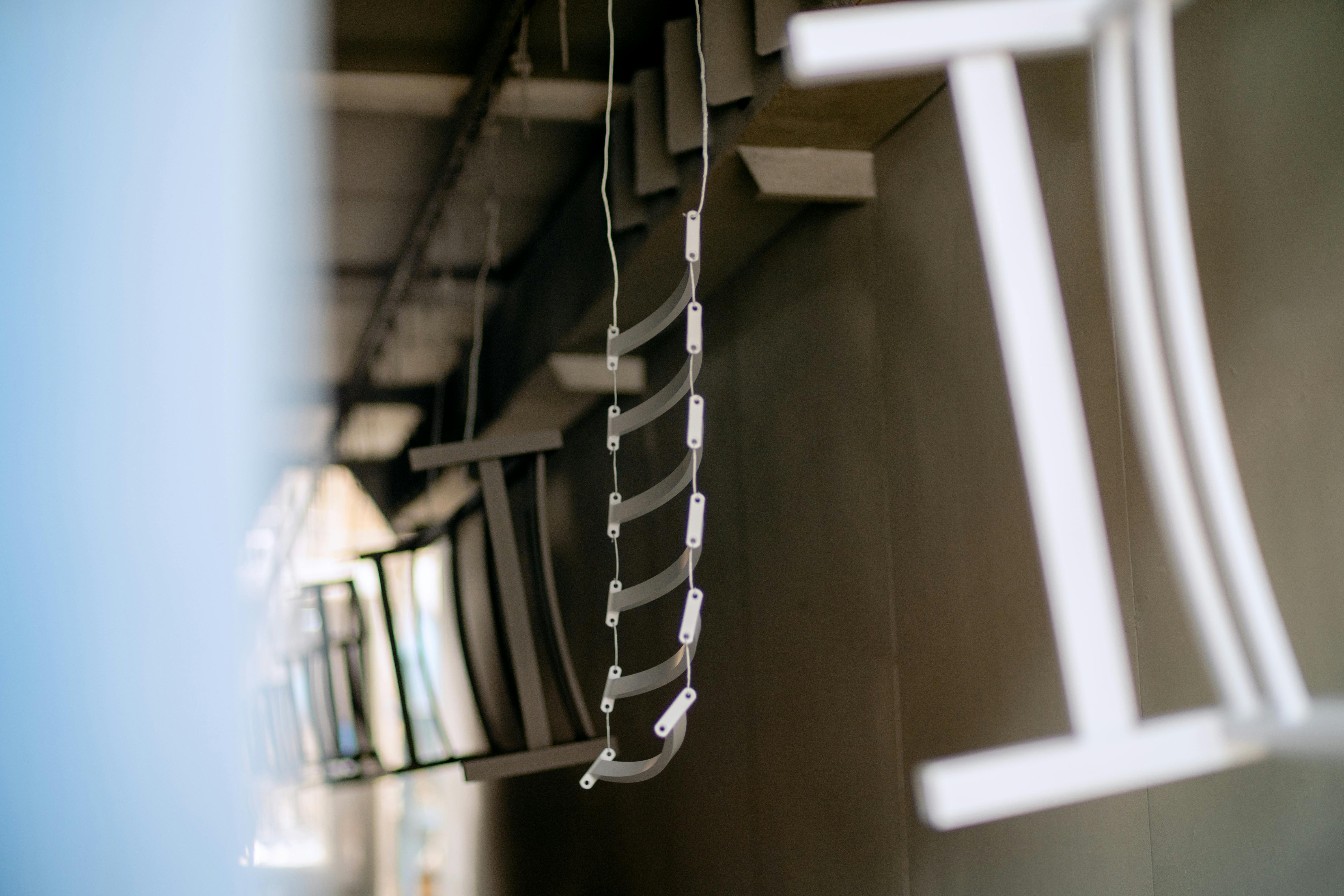In the ever-evolving landscape of industrial manufacturing, the performance of metallic coatings plays a pivotal role in product success. With numerous challenges ranging from durability to aesthetic appeal, understanding the factors that influence these coatings is essential for production managers and designers alike. At Prime Colors, we specialize in innovative coating solutions that not only enhance product longevity but also elevate visual quality.
Metallic coatings are increasingly sought after in various industries, including furniture and packaging, due to their unique properties. However, the effectiveness of these coatings can be affected by several key factors. This article delves into the top five determinants that influence the performance of metallic coatings, providing insights that can guide decision-making in the selection of surface finishing solutions.
"Proper understanding of coating performance factors can lead to improved product quality and reduced costs in manufacturing." - Technical Expert at Prime Colors
From adhesion properties to environmental resistance, each factor plays a crucial role in determining how well a metallic coating performs under various conditions. Manufacturers must consider these elements to ensure their products meet market demands and maintain a competitive edge.
1. Substrate Preparation: The Foundation of Coating Success
The condition of the substrate surface is critical for ensuring optimal adhesion of metallic coatings. Proper surface preparation techniques such as cleaning, sanding, and priming can significantly enhance the bonding strength of the coating. For example, in our case studies with laminate manufacturers, we observed that substrates with meticulous surface preparation exhibited a 30% increase in adhesion strength compared to poorly prepared surfaces.
- Enhanced adhesion leads to improved durability and performance.
- Reduces the risk of peeling or chipping in high-wear applications.
- Facilitates better aesthetic outcomes through uniform coating application.
2. Coating Application Method: Precision is Key
Different application methods—such as spray, brush, or dip coating—can yield varying results in terms of thickness and consistency. At Prime Colors, we utilize advanced spray techniques that allow for controlled application, ensuring even coverage and reducing the likelihood of defects. For instance, our high-precision spray application has been shown to increase the uniformity of metallic finishes by over 40%.
- Optimizes the visual impact of metallic finishes.
- Enables more effective use of coating material, reducing waste.
- Improves overall product performance through consistent application.
3. Environmental Conditions: The Influence of Surroundings
Environmental factors such as humidity, temperature, and exposure to UV light can significantly impact the curing and performance of metallic coatings. For example, our research indicates that coatings applied in optimal conditions (around 20°C and 50% relative humidity) show a 25% improvement in hardness and scratch resistance compared to those applied in less controlled environments.
- Minimizing environmental influences can enhance the durability of coatings.
- Specific formulations can be tailored for extreme conditions.
- Ensures longevity and aesthetic preservation in various applications.
4. Coating Composition: The Right Formulation Matters
The choice of resins, pigments, and additives in metallic coatings directly affects their performance characteristics. For instance, utilizing high-grade metallic pigments can enhance reflectivity and color depth, while specialized resins can improve adhesion and chemical resistance. Our experience with custom formulations has demonstrated that selecting the right composition can yield coatings with up to 50% greater resistance to scratching and fading.
- Custom formulations can be tailored to specific industry needs.
- Improves aesthetic and functional properties of the final product.
- Enhances marketability through superior performance metrics.
5. Curing Time and Conditions: Achieving Optimal Performance
The curing process is essential for achieving the desired hardness and durability of metallic coatings. Insufficient curing time or inadequate conditions can lead to compromised performance. Our findings indicate that coatings allowed to cure for extended periods at regulated temperatures result in significantly enhanced performance metrics, including a 35% increase in impact resistance.
- Proper curing ensures maximum adhesion and longevity of the coating.
- Reduces the risk of defects, ensuring a high-quality finish.
- Facilitates better performance in real-world applications.
In conclusion, understanding the factors that influence the performance of metallic coatings is essential for manufacturers looking to enhance their product offerings. By investing in high-quality coatings and optimizing preparation, application methods, and environmental conditions, companies can achieve superior surface finishes that provide a strong ROI.
Interested in optimizing your surface finishes? Request a technical consultation with our experts at Prime Colors to explore tailored coating solutions that meet your specific needs.
